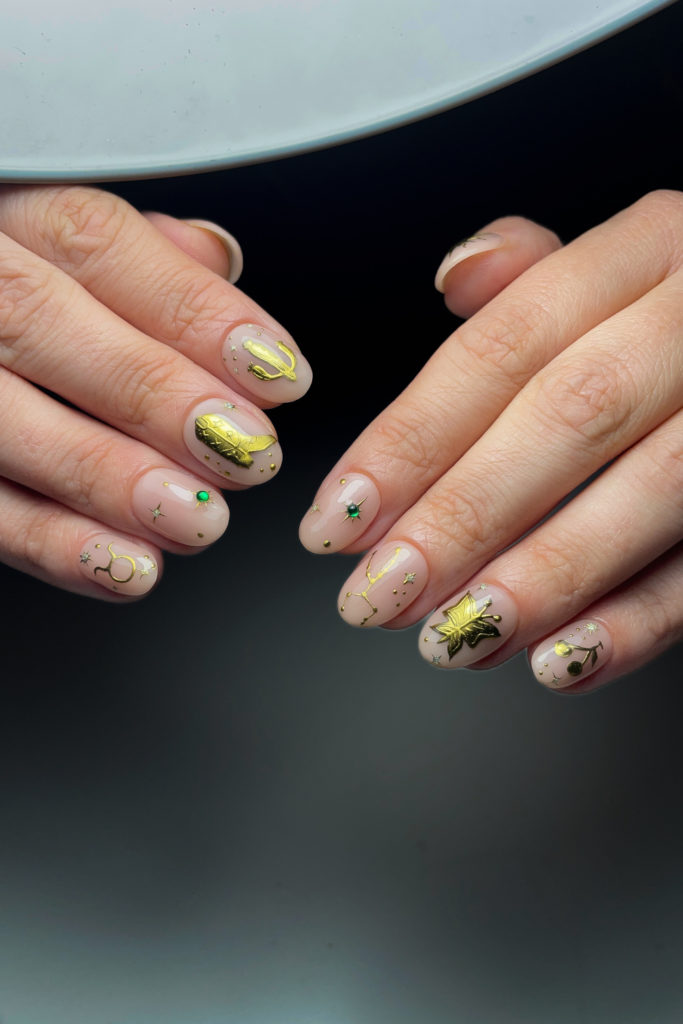Six Ways To Beat SAD and the January Blues
By
4 years ago
Say goodbye to the winter gloom

It might be cold and dark outside, but that doesn’t mean you can’t still beat the winter blues.
How to Overcome Seasonal Affective Disorder (SAD)
SAD and the January blues sounds like it should be some kind of funky soul band from the 1970s. Unfortunately, instead it’s something that affects many of us in the winter months – as many as 1 in 15 people have Seasonal Affective Disorder (SAD) between September and April, according to the NHS.
While some people just feel minor or moderate symptoms of winter blues, others can experience full blown SAD: a persistent low mood; a loss of interest in normal activities; irritability; feels of despair, guilt or worthlessness; lethargy during the day; sleeping for longer than normal and weight gain.
Although the reasons why people struggle more in the winter months aren’t fully understood, the main theory (according to the NHS) is that a lack of sunlight stops a part of the brain called the hypothalamus working properly. This is turn increases melatonin levels, making people feel sleepier, while reducing the hormone serotonin, which is linked to feelings of depression. Lack of light due to short days and bad weather may also affect your inner circadian rhythm, which many scientists believe is essential for normal body and brain function.
Of course, if your SAD symptoms are extreme and really affecting your day-to-day life, you should talk to your GP. However, there are some easy things you can do to mitigate more minor cases of SAD and winter blues. Here’s six you can try today.

Get as much sunlight as possible
Lack of sunlight has been pointed to as one of the primary reasons for SAD and winter blues. If you can, try to get outside as much as possible in the winter months, even if you have to wrap up warm – the morning is the best time for this. When indoors, try to sit near a window where you can get lots of natural light.
Invest in a lightbox
Another option is investing in a lightbox, which produces a very bright light that mimics that of the sun. Experts recommend sitting in front of it for at least an hour a day. Or, if you have problems waking up, think about getting a sunrise alarm clock, which slowly turns on every morning to imitate the sun rising. This should help to get your circadian rhythms back on track.
Take a vitamin D supplement
Not only can a lack of sunlight contribute towards the January blues, it also reduces how much vitamin D your body can make. This in turn can lower your immune system’s effectiveness, leading to more illnesses, as well as increasing fatigue. The NHS recommends adults take 10 micrograms of vitamin D every day.
Spend time in nature
Mental health charity Mind reports that spending time in nature can improve your mood, reduce feelings of stress or anger, and help you feel more relaxed – all things that are good for fighting the winter blues. So make the most of your daily walk or run by routing it through a nearby park, wood or field. Stop to listen to birdsong and take a closer look at the plants and trees around you; can you see any signs of spring?
Make time for exercise
The benefits of exercise for mild depression and winter blues is well known – even if it’s just a walk in the park. Gentle yoga can also be positive, or there’s many online exercise classes you can join if your gym is closed.
Find a new passion
Hobbies have been shown to reduce the likelihood of depression and finding a new one could give your winter days a new purpose and excitement. This could be a Zoom language class (for when we can finally go abroad again), joining a book group or finally learning to sew or paint.
Above all, take each day at a time and remember that winter doesn’t last forever – spring and warmer, brighter days are just around the corner.
READ MORE
How to Stay Motivated During Lockdown with Holly Dolke / Winter: The Best Places to Visit in the UK






